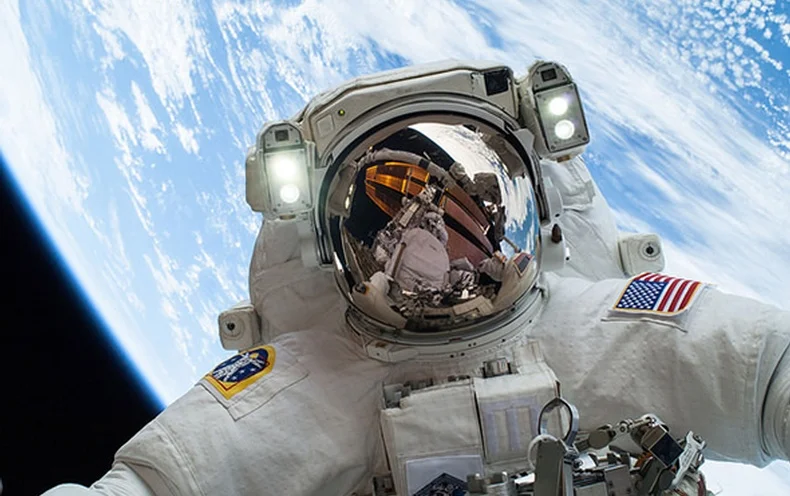By: Alyssa Hong
Fluid-filled chambers in the human brain expand while astronauts are in space. It’s one way the brain adapts to lower gravity. But after a space mission, these structures do not shrink back right away. It might take three years for the brain to return to normal. Space has less gravity than earth so the chambers in their brains start to fill up with liquid. Their faces even might puff up a little when they come back from space.
The four chambers in your brain are ventricles, which expand when liquid gets collected. Astronauts that come back usually have bigger chambers than the people that stayed on Earth. The chambers expand while the liquid gets collected.
The International Space Station did an MRI scan of 30 astronauts before they went to space. Then they compared the scans to MRIs when they came back from space. According to the scans, the longer astronauts spend time in space, the bigger the ventricle chambers get. The fourth chamber we cannot see, as it is too small for human vision.
Eighteen of the tested astronauts had flown in space before. The time since their last mission seemed to affect how much their brains changed during the new mission that the researchers were studying. For those whose last trip to space was three or more years earlier, three of their ventricles got bigger by roughly 10 to 25 percent on average. For astronauts who had been to space less than three years prior, their ventricles didn’t swell much if at all.
If a person stays in space for more than a year or more, then it might take more than 3 years to let it return to normal.
In conclusion, astronauts have their life very hard because they have to take scans, train, and be safe. Sometimes being safe is hard because if you panic, you might not know what to do.











